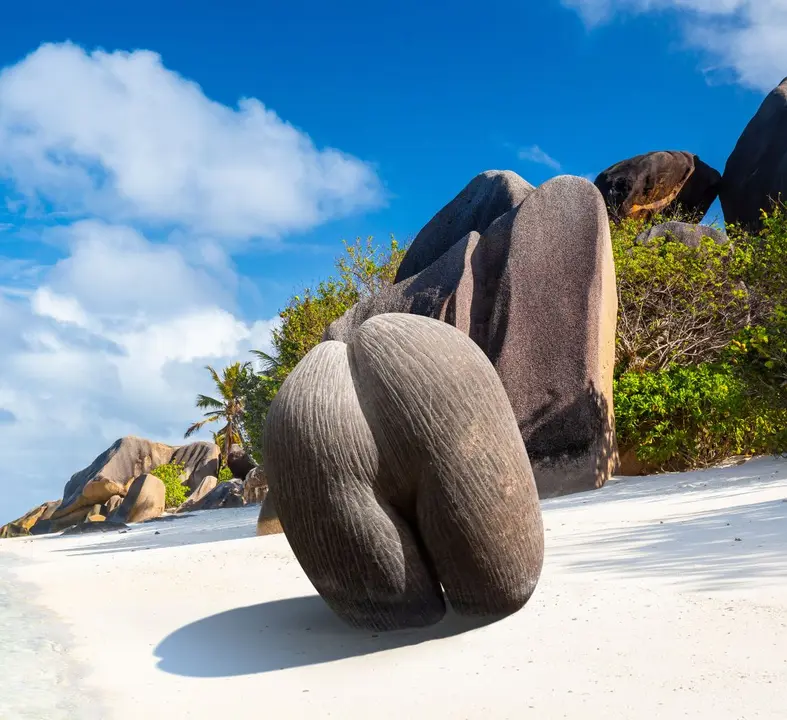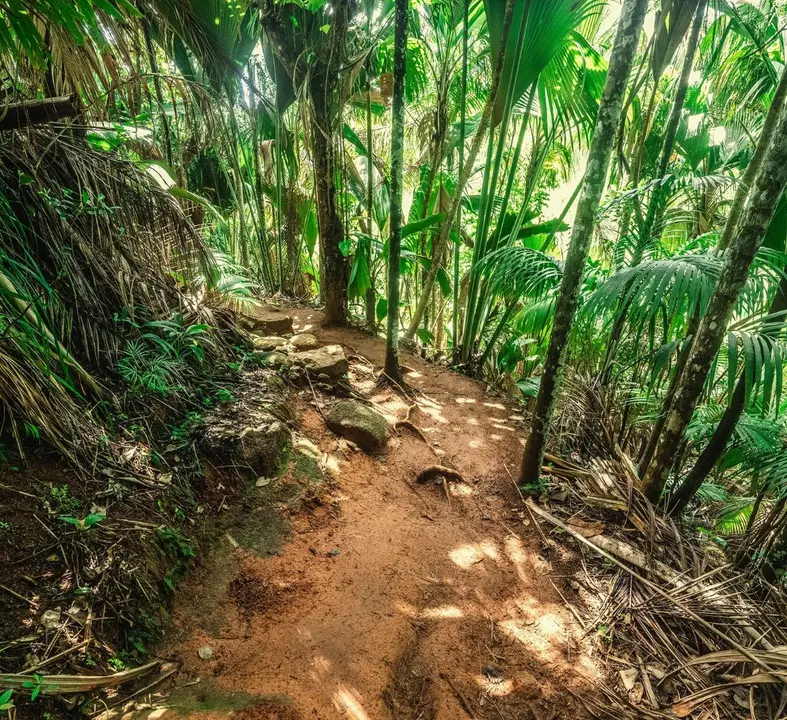
Pirates & Mermaids: Some of the Seychelles’ Many Legends
11 February 2025 | Seychelles & Tanzania
The Seychelles, a stunning archipelago located in the Indian Ocean, is a place that pulses with history, mystery, and an array of captivating legends. Beyond its pristine beaches, crystal-clear waters, and verdant forests, the islands harbor fantastical stories ranging from literal hidden treasures to mythical creatures. These myths and tales offer a glimpse into the Seychelle’s rich past, where the line between reality and legend often blurs. Let’s dive into some of these intriguing stories, and how they have come about.
The Buzzard’s Treasure
For centuries, the Seychelles has been a refuge for pirates, traders, and adventurers thanks to its isolated location. Being surrounded by the vast expanse of the Indian Ocean, the islands made a perfect hideout for notorious figures who roamed the seas in search of treasure, spices, and riches. These traits also attracted Arab traders long before the colonial powers arrived, making the Seychelles a meeting point for diverse cultures and histories.
One of the most famous ne’er-do-wells associated with the Seychelles is Oliver Levasseur, also known as “La Buse” or “The Buzzard” – a French pirate who terrorized the Indian Ocean during the 17th century. An infamous ex-privateer believed to have held ties with Samuel Bellamy and even “Blackbeard” himself, Levasseur made a fortune raiding and plundering ships that passed the region. Before his capture and execution in 1730, Levasseur supposedly left behind a treasure hidden somewhere in the Seychelles, particularly in the island of Mahe. Reportedly, while in the gallows, he threw to the crowd a necklace which contained within a set of encrypted clues about the cache’s location. Rumored to be worth over 4 billion dollars, the treasure has yet to be found centuries later.
The mystery of Levasseur’s bounty continues to captivate treasure hunters to this day. While the validity of the treasure’s existence is up for debate, there was evidence of Levasseur’s activities found on Mahe island, including enigmatic rock carvings that could have served as clues for the bounty’s location. Pirate relics such as guns, coins, and even a sarcophagus were also found in a cave, fueling the legend and fascinating enthusiasts.
Vallee de Mai: The Original Garden of Eden
On the island of Praslin lies one of the Seychelles’ most famous natural sites – the Vallee de Mai Forest, a designated UNESCO World Heritage Site. This lush, prehistoric forest has been the subject of many myths and stories, but perhaps the most well-known was it being the Garden of Eden.
In the 19th century, British General Charles George Gordon, a religious man and Christian cosmologist, visited the Seychelles during a military mission. Inspired by a Kabbalistic interpretation of the Book of Genesis, Gordon declared the Vallée de Mai on Praslin Island to be the original Garden of Eden. According to Gordon, the endemic coco de mer palm tree was the Tree of Knowledge, and the fruit it bore was the infamous forbidden fruit, arguing that the fruit’s suggestive shape tempted our forefathers into sin. These claims however, were faced with skepticism, as another writer, H. Watley Estridge, rightly pointed out that the coco de mer’s 3.9 inches-thick husk would have made it impossible for Eve to have bitten through it. Despite this critique, Gordon’s vision of the Vallee de Mai as the biblical paradise persisted.
Beyond the Seychelles, there have been other accounts of the mystique of the coco de mer. One of these recounts that when the seeds washed up on the shores of the Arabian Peninsula, they were thought to have come from underwater palm trees hidden beneath the ocean. These seeds, believed to be symbols of fertility and life, were so revered that Middle Eastern princes offered vast sums to acquire them. Explorers braved treacherous seas in search of these mythical underwater trees, unaware of their true origins.
Although Gordon’s Garden of Eden theory has been debunked, the primeval Vallee de Mai forest remains a symbol of natural wonder and serves as a testament to the Seychelles’ enduring beauty. Fact or fiction, it’s undeniable that his forest still continues to inspire awe and curiosity, and today, still entices many would-be explorers to visit and marvel at its untouched beauty.
The Legend of the Seychelles’ Mermaids
Mermaids have long been a part of maritime folklore. Its basic concept has appeared all over the world, with each culture having a tale or two – from the Ningen of Japan, to the Sirens of Greece – the Seychelles is no exception. For centuries, islanders have reported sightings of mermaids along the shores of its many islands. Often depicted as half-woman, half-fish, these mythical creatures might have a more grounded origin in the Seychelles, rooted to the region’s wildlife.
The most likely explanation for these sightings comes from the Dugong, a marine mammal that once thrived in the waters of the Seychelles. Dugongs are often referred to as “sea cows” due to their herbivorous diet and peaceful nature. With their rounded bodies, large flippers, and gentle movements, these gentle creatures might have been mistaken by early sailors for mermaids, especially from a distance or when viewed aboard their vessels.
Dugongs were once abundant in the Seychelles, but sadly today, they are a rare sight. They can now only be found in the remote waters of Aldabra Atoll, which is part of the Seychelles archipelago. The legend of the mermaid, however, has remained a significant part of the culture. The dugong’s disappearance from the region is a tragic tale of overhunting and habitat loss.
The conservation efforts in the Seychelles have been increasingly focused on protecting endangered species, including the dugong. Efforts are underway to ensure that these marine mammals, along with other threatened species, are protected for future generations. Organizations such as the Seychelles Conservation and Climate Adaptation Trust (SeyCCAT) work to safeguard the region’s unique biodiversity, ensuring that the mermaid legend can live on through the protection of its natural inhabitants.
The Enigmatic Beauty of the Seychelles
The Seychelles is a land of incredible natural beauty, rich history, and fascinating folklore. From the buried treasure of "The Buzzard” to the mysterious Coco de Mer, the islands are steeped in legends that continue to captivate the imagination of visitors and locals alike. These tall tales of mermaids and pirates offer a glimpse into the culture and history of these islands, where myths and reality intertwine.
Whether you’re seeking adventure, exploring legends, or simply enjoying the natural wonders of the islands, the Seychelles offers an experience that is both magical and unforgettable.
Click here or contact our Expedition Consultants to find out more.


